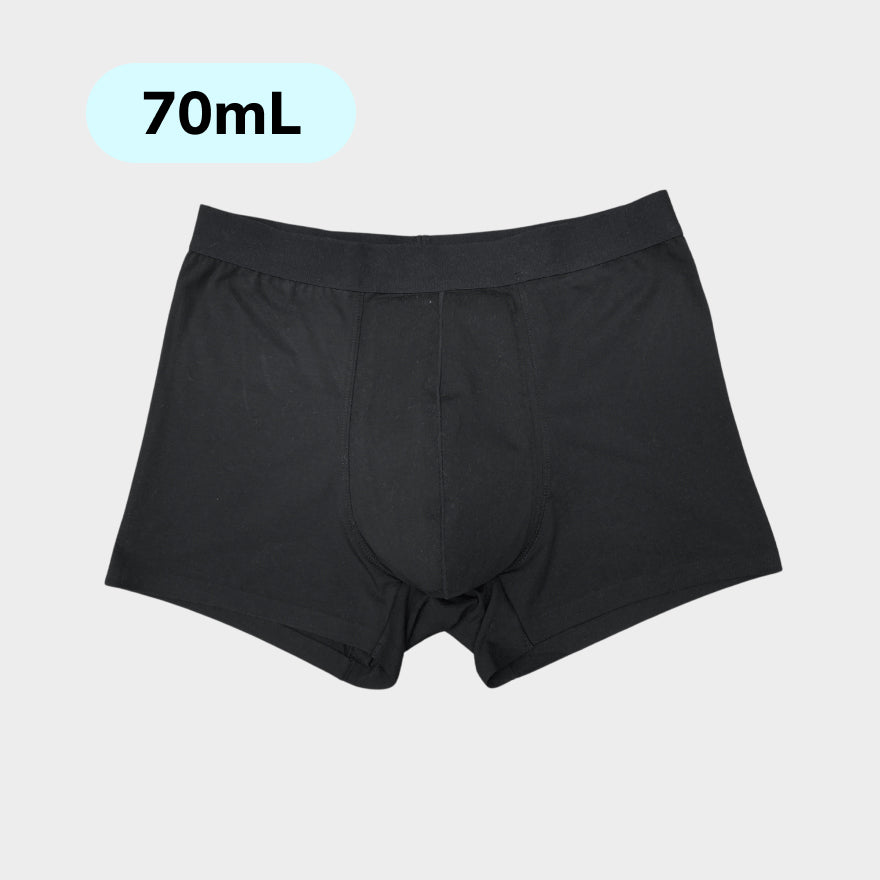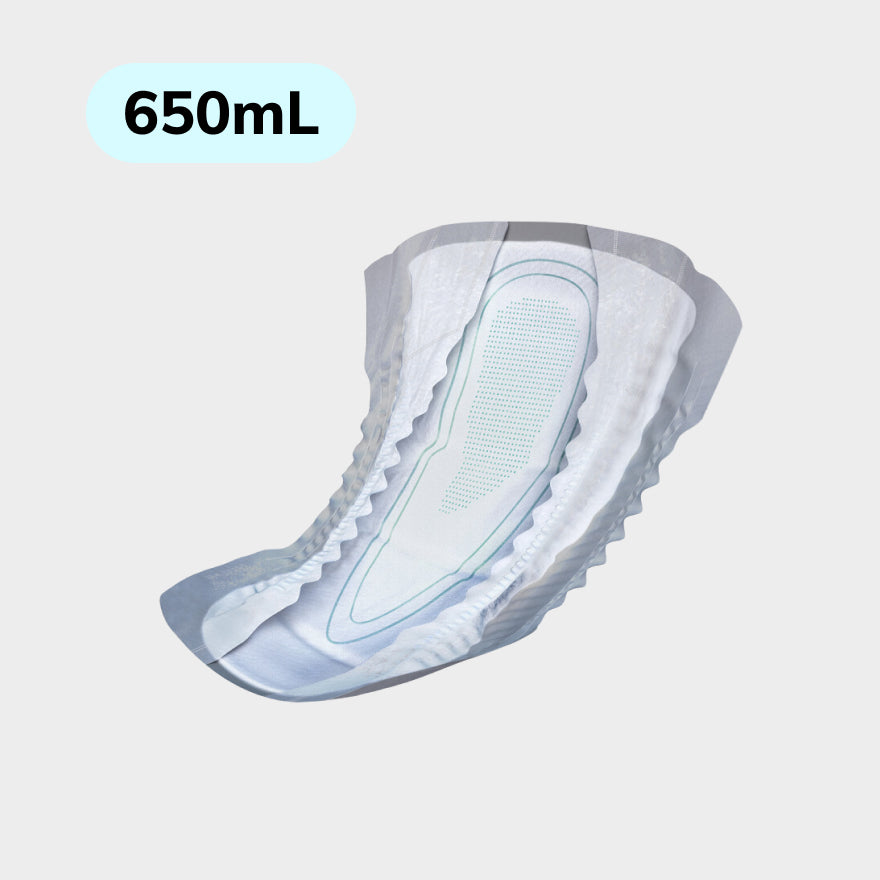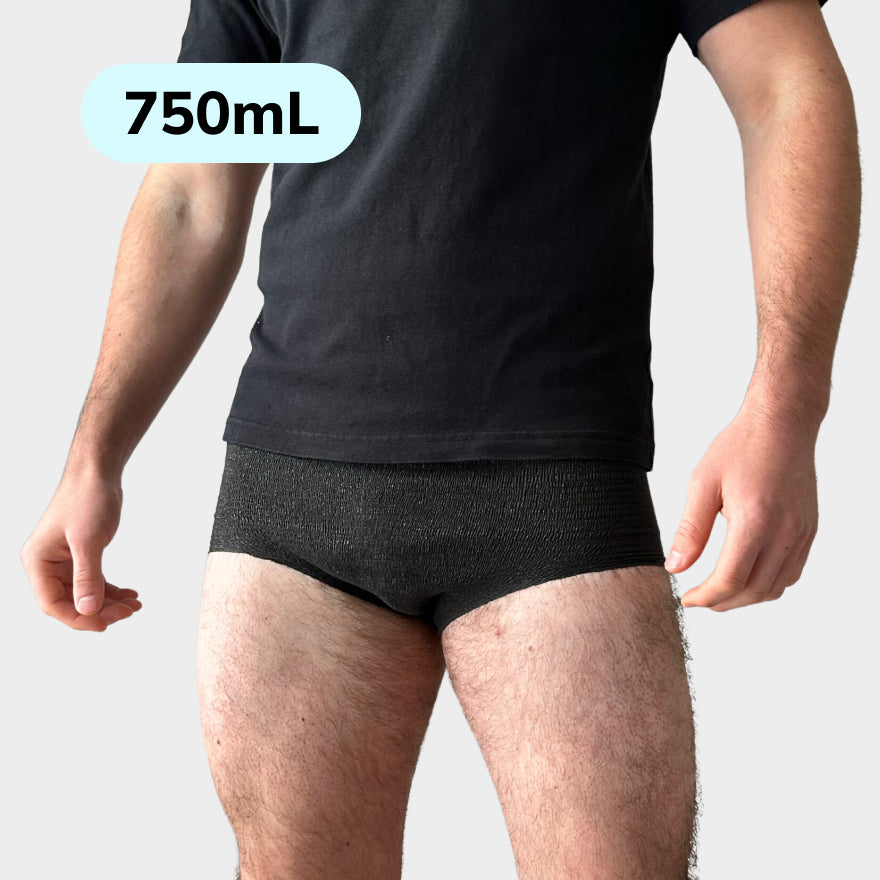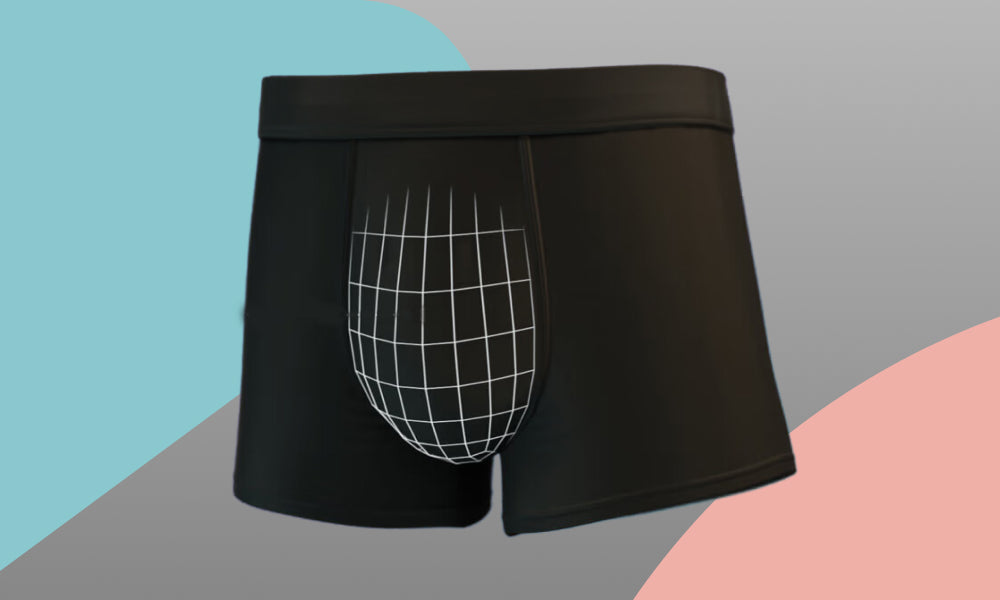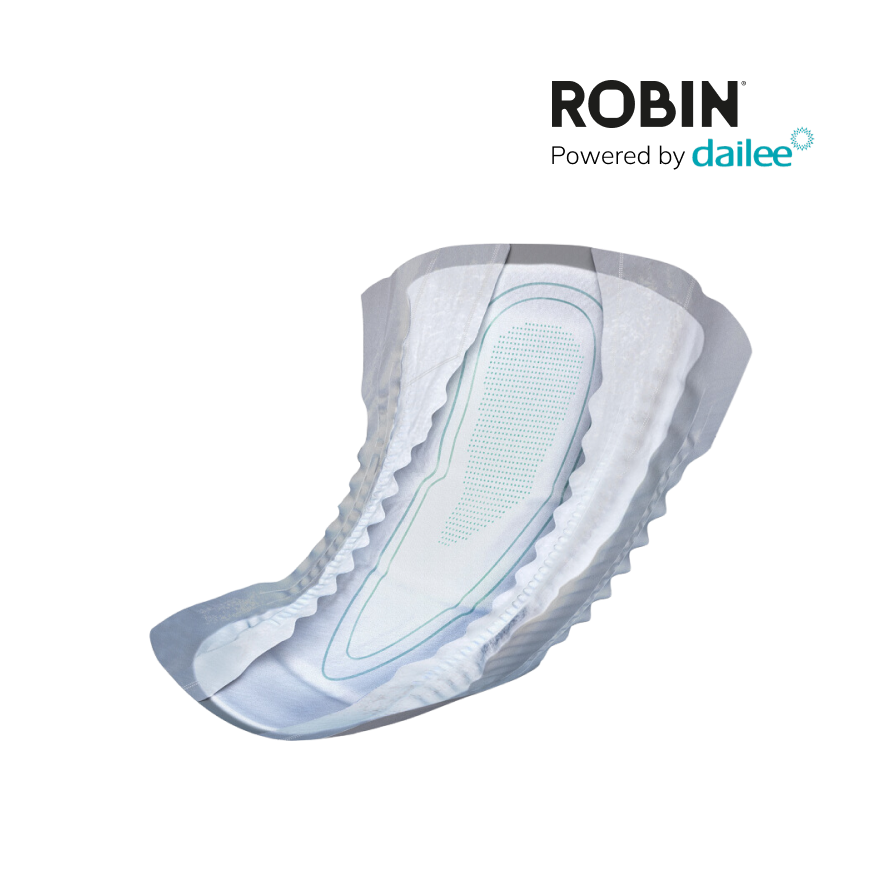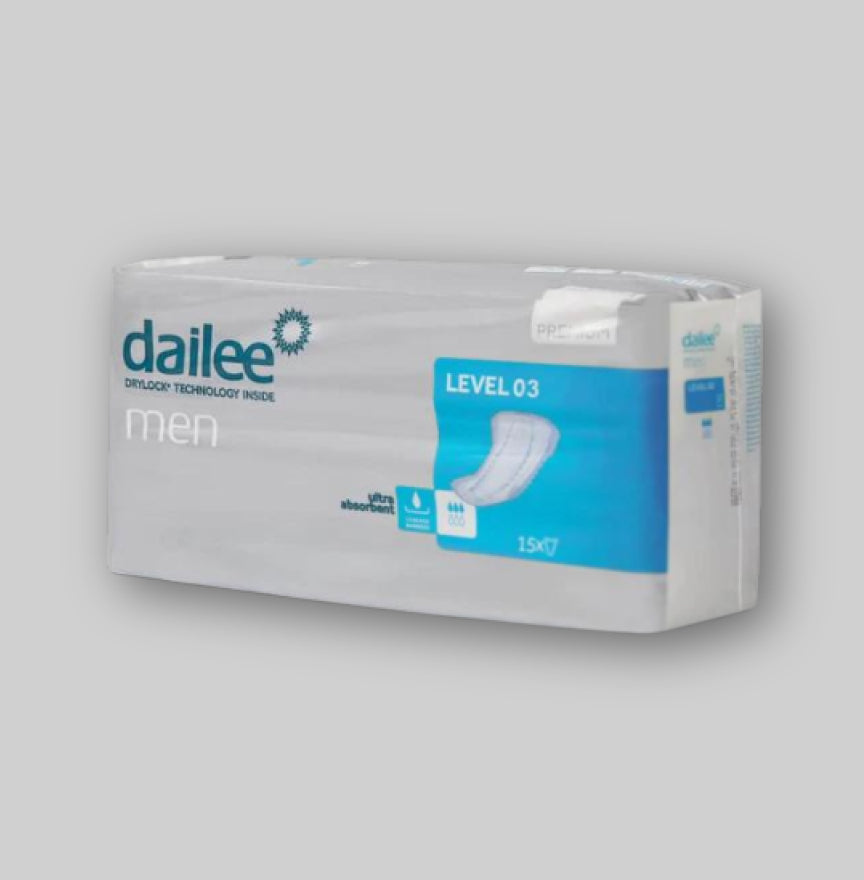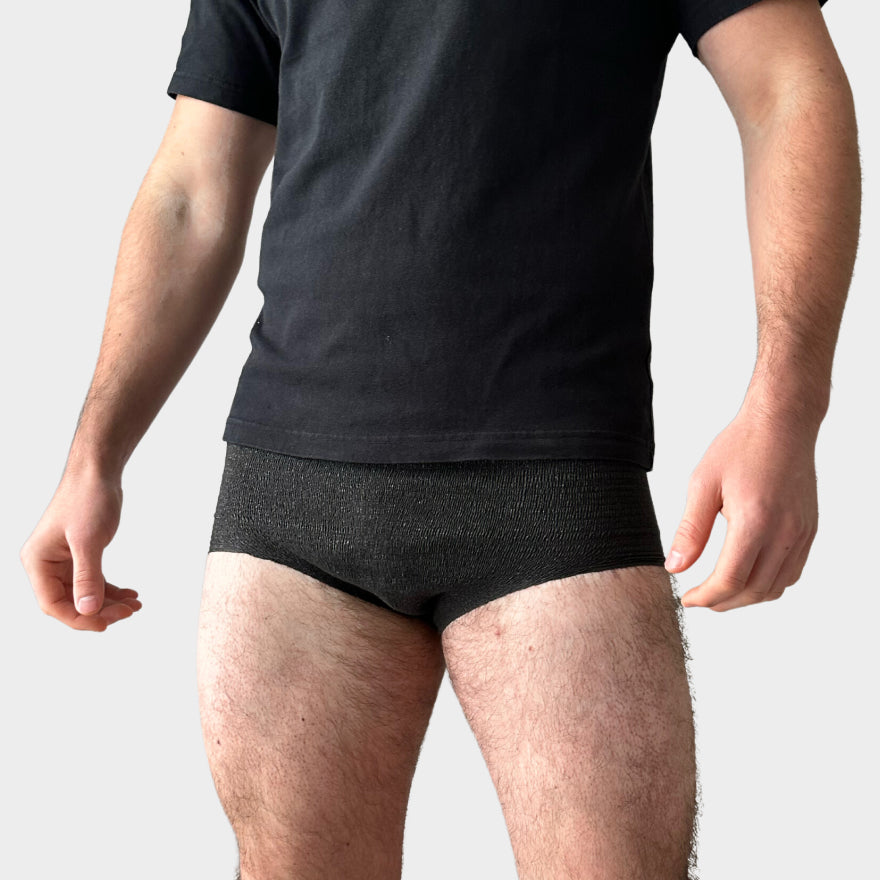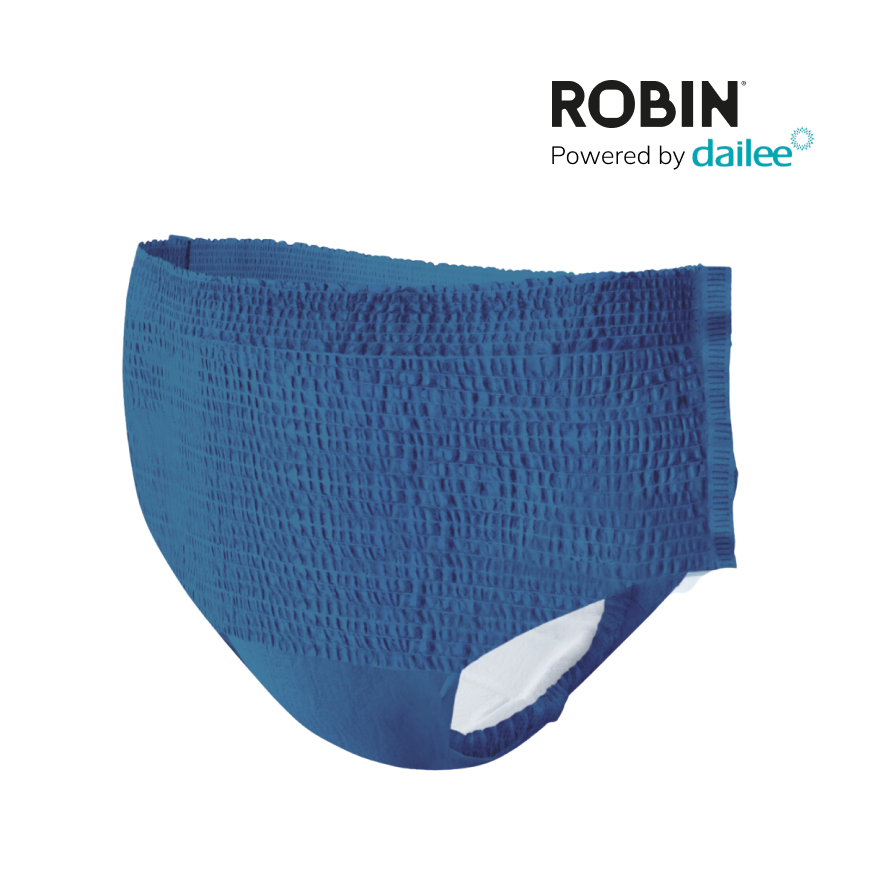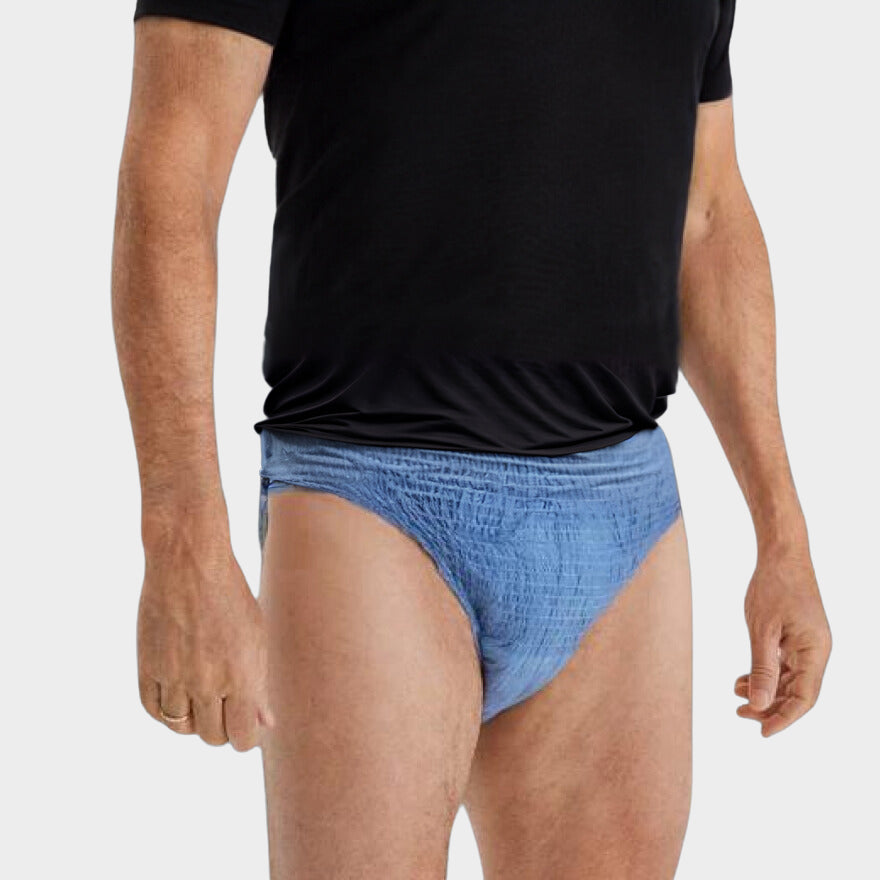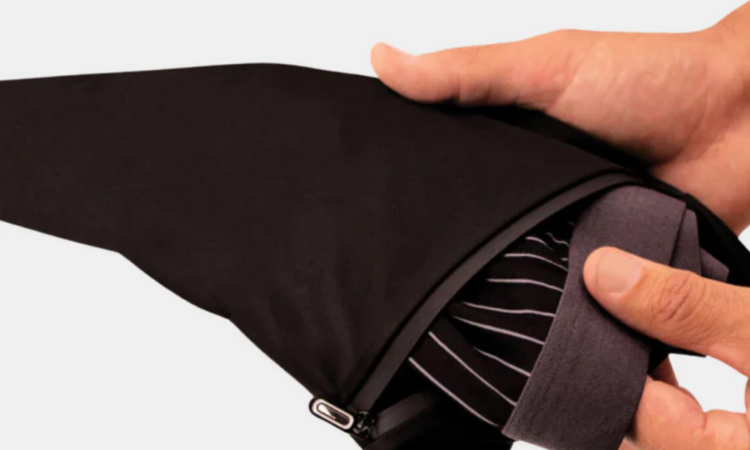Urinary incontinence is a common problem that can affect people of all ages, but it is especially common in older adults . It can range from mild, such as leaking a few drops when sneezing or laughing, to more severe forms where a person completely loses control of their bladder function . Although the subject is sometimes considered taboo, there are many options available to treat urinary incontinence and improve your quality of life.

The first step in experiencing urinary incontinence is to understand the underlying causes, which can range from physical changes, such as after pregnancy , to certain medical conditions. Various treatments are available, ranging from pelvic floor therapy to medication. A professional diagnosis is crucial to finding the right treatment and not letting the situation get worse unnecessarily.
Self-management also plays an important role in dealing with urinary incontinence. This may include pelvic floor muscle training, dietary changes and keeping a voiding diary. It is important to remember that there are both conservative measures and surgical options available. For personalized advice, it is advisable to consult a general practitioner.
What is urinary incontinence?

Urinary incontinence , also known as urinary incontinence , refers to the involuntary outflow of urine. It is a common problem that can affect people of all ages, but is more common in older adults.
Types of urinary incontinence
- Stress incontinence : This type of urine leakage occurs when pressure (stress) is placed on the bladder, such as when coughing, sneezing, laughing, or lifting.
- Urge incontinence : This is when a person experiences a sudden, intense urge to urinate, followed by immediate urine loss.
- Overflow incontinence : This occurs when the bladder is not completely emptied, resulting in frequent dribbling.
- Functional incontinence : In this type of urine loss, an individual is unable to reach the toilet in time due to physical or mental limitations.
Causes of urinary incontinence
- Physical changes : Pregnancy, childbirth, and menopause in women; prostate problems in men.
- Medication : Some medications can have incontinence as a side effect.
- Neurological conditions : Diseases such as multiple sclerosis or Parkinson's can affect the nerves that control the bladder.
- Lifestyle factors : Excessive caffeine and alcohol use can irritate the bladder.
For a clear overview of the different causes that can contribute to urine loss, see Involuntary Loss of Urine (Urinary Incontinence) in the Elderly and Urinary Incontinence - From Causes to Treatment .
Diagnosis of urinary incontinence

A correct diagnosis is crucial for urinary incontinence to determine the right treatment. Doctors look at the specific symptoms and perform medical examinations to determine the nature and causes of incontinence.
Recognizing symptoms
Patients with urinary incontinence often report a variety of symptoms . Ranging from light urine loss at pressure-increasing moments such as coughing or sneezing, to a sudden and intense urge to urinate. Recognizing these symptoms is a first step toward a diagnosis.
Medical research
A medical examination is essential for an accurate diagnosis. This may include a physical examination, which looks at the physical condition of the pelvic floor muscles. In addition, tests such as urine analysis or bladder function tests may be performed to gain insight into the causes of urinary incontinence.
Treatments for urinary incontinence

When dealing with urinary incontinence, there are several treatment options available, depending on the underlying cause and severity of symptoms. It is crucial to consult a doctor for a proper diagnosis and treatment plan.
Lifestyle adjustments
Lifestyle changes can be a first step in treating urinary incontinence. Examples include reducing caffeine intake , tackling obesity and quitting smoking, which can reduce involuntary urine loss.
Pelvic floor exercises
Pelvic floor exercises , also known as Kegel exercises, strengthen the muscles that support the bladder. Regular practice can help with both stress and urge incontinence.
Medication
Depending on the type of incontinence, medications may be prescribed to help reduce symptoms. These medications can relax the bladder muscles or strengthen the muscles around the urethra.
Surgical interventions
In some cases, surgery may be necessary, for example if other treatments are not effective. Surgery can range from placing a sling to injecting bulking agents into the urethra.
Practical tips for daily activities
In dealing with urine leakage, small changes in daily activities can make a big difference. The following tips can help you manage urine leakage in daily life.
Protective products
Using the right protective products is essential. There are various types of incontinence products available, such as panty liners, pads and special underwear that can be worn discreetly. These products are designed to absorb moisture well and neutralize odors. It is important to choose the right product that suits the level of urine loss.
Adjusting toilet habits
Adjusting toilet habits can also help control urine leakage. You can try going to the toilet less often to train your bladder or more often to prevent accidents. It is also advisable to take your time when going to the toilet so that your bladder is completely emptied. Leaning forward while urinating can help with this.
Nutritional advice
Dietary advice plays a significant role in urinary incontinence. It is recommended to:
- Drink enough water : This helps prevent bacterial growth in the bladder.
- Eating a diet rich in fiber : This stimulates digestion and helps prevent constipation and associated bladder pressure.
It is also wise to reduce or avoid foods and drinks that can irritate the bladder, such as caffeine, alcohol and spicy foods.
Emotional support

Urinary incontinence can have a significant emotional impact in addition to physical discomfort. It is essential to address not only the physical aspect, but also the emotional challenges that come with it.
Coping with the condition
Accepting urinary incontinence as a medical condition is an important first step in managing it. Being open about the situation can lead to better understanding and support from family and friends. It is important that the person affected strives to live an active lifestyle and does not let fear or shame hold him or her back.
Support groups and counseling
Participating in support groups can provide personal experiences and advice that can bring relief. Specialist counselling can also be helpful in processing feelings and developing coping strategies. Professionals can provide individual support tailored to individual needs.
Prevention of urinary incontinence

Prevention of urinary incontinence is aimed at reducing the chance of incontinence and can consist of several measures. It is essential to limit risk factors and take preventive steps.
Preventive measures
Prevention may include pelvic floor muscle training, which can improve bladder control. Pelvic floor exercises are recommended, which can be learned from a pelvic floor physical therapist. Fluid intake can also be regulated, although it is important to continue drinking enough to prevent dehydration. Caffeinated beverages, alcohol, and carbonated beverages may need to be limited, as these can irritate the bladder.
Limiting risk factors
Several lifestyle choices and health conditions can increase the risk of urinary incontinence. Maintaining a healthy weight is important, as excess weight can put extra pressure on the bladder. Caution may also be exercised when using certain medications that have diuretic or muscle relaxant effects, as these can make the situation worse. Quitting smoking is also an essential step, as smoking increases the risk of coughing, which can cause stress incontinence .
